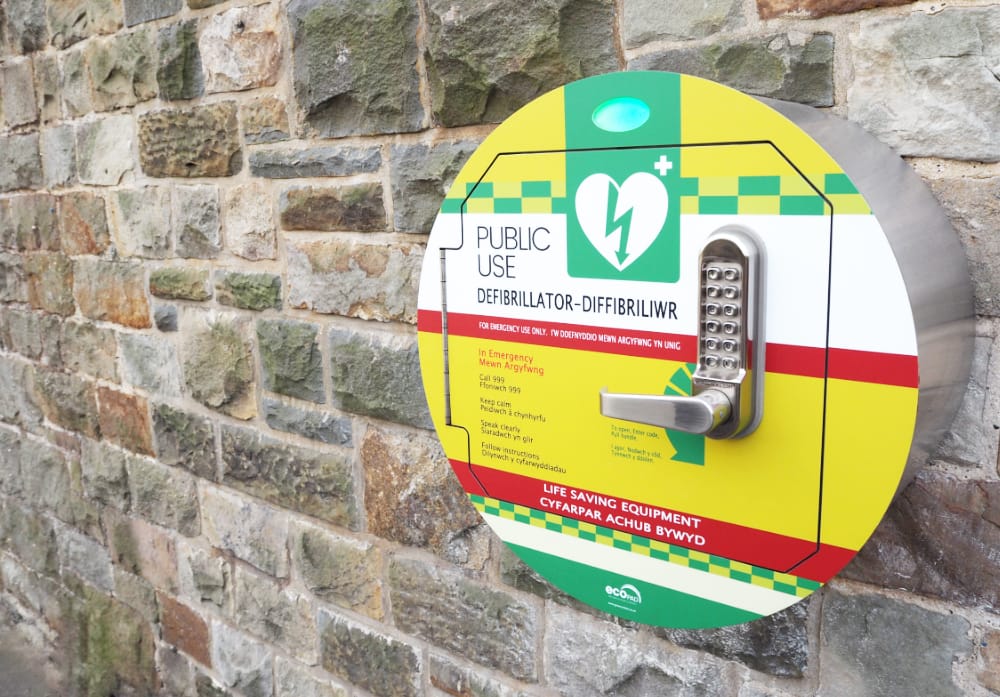Last week we spoke about acid attacks and this week we are going to talk about urinary tract infections (UTI).
What is it?
A urinary tract infections is an infection that develops in the lower urinary tract. Normally from bacteria that sits on our skin entering the urethra and bladder. This type of infections more common in females due to a short urethra.
Types of infection:
Infection of the bladder – Infections of the bladder are usually caused by Escherichia coli (E. coli), a type of bacteria commonly found in the bowl.
Infection of the urethra – This type of infection occurs when bacteria from the anus enters the urethra. Females are at increased risk as the urethra is close to the vagina and anus. Sexually transmitted infections, such as herpes, gonorrhea, chlamydia and mycoplasma, can also cause UTIs.
Sexual intercourse – Can lead to inflammation or UTIs, but you don’t have to be sexually active to develop it. All women are at risk of infections because of their physical anatomy, this is due to the short distance from the urethra to the anus and the urethral opening to the bladder.
Treating someone with a urinary tract infections (UTI):
Most UTIs are treated with a course of antibiotics. If caught early this can reduce the amount of discomfort that the patient may suffer and can be treated by a GP or specialist practitioner.
Signs and symptoms:
- Painful urination
- Frequent urination
- Recently became difficult to urinate
- Dark coloured urine or cloudy in colour
- Urine may have a foul odour
- Acting abnormal
- Aggressive
What increases the risk of a urinary tract infections (UTI)?
Female anatomy – Females have a shorter urethra (urinary tract) than a man does. This shortens the distance that bacteria must travel to reach the bladder, where they can replicate and produce an infection.
Sexual activity – Sexually active women have an increased risk of UTIs. Having a new sexual partner also increases your risk, this is due to an increased risk of sexual transmitted diseases and introduction of bacteria.
Menopause – After the menopause a decrease oestrogen (hormones) produce changes in the urinary tract that make you more vulnerable to infection.
Blockages in the urinary tract – Kidney stones or enlarged prostate can trap urine in the bladder and increase the risk of UTIs.
Immune system – Diabetes and other diseases that impair the immune system may reduce the body’s protection against bacteria, which can increase the risk of UTIs.
Using a catheter – People who can’t urinate or struggle to urinate may use catheters. This increases the risk of UTIs as you are inserting a tube into your urethra.
Prevention:
Drink plenty water – Drinking plenty of water helps dilute your urine. The increased fluids will also make you urinate more, which flushes out bacteria from your urinary tract before an infections begin.
Wipe from front to back – This is especially important for women. Doing so after urinating and after a bowel movement helps prevent bacteria in the anal region from spreading to the vagina and urethra.
First aid training and more information:
MediTec Solutions provides a vast array of training to suit your needs. Our courses are interactive and fun; making learning easy. Send us an email at info@meditecsolutions.co.uk for more information about our courses. Alternatively follow us on Facebook, Instagram,Twitter, or LinkedIn for more information.



